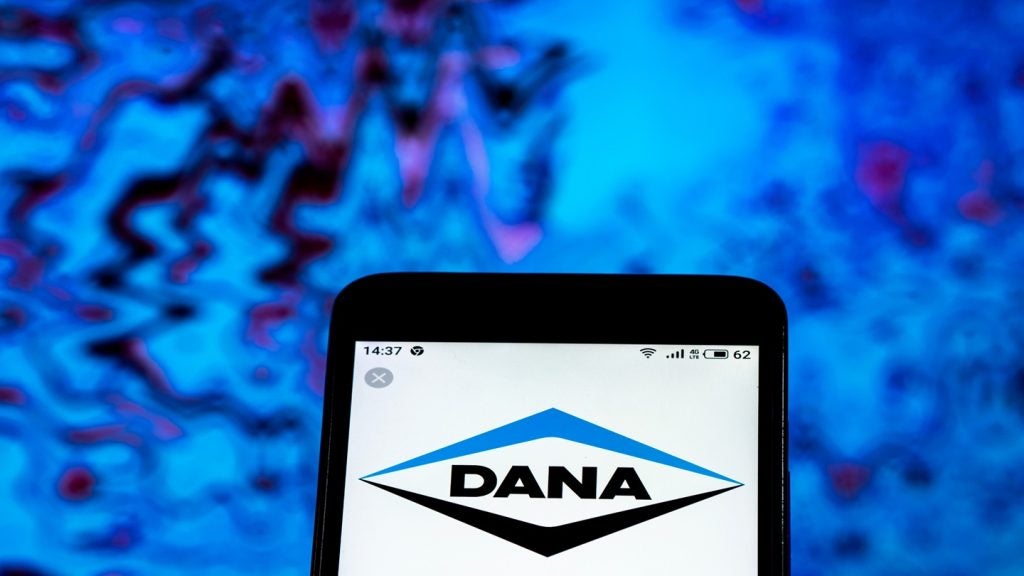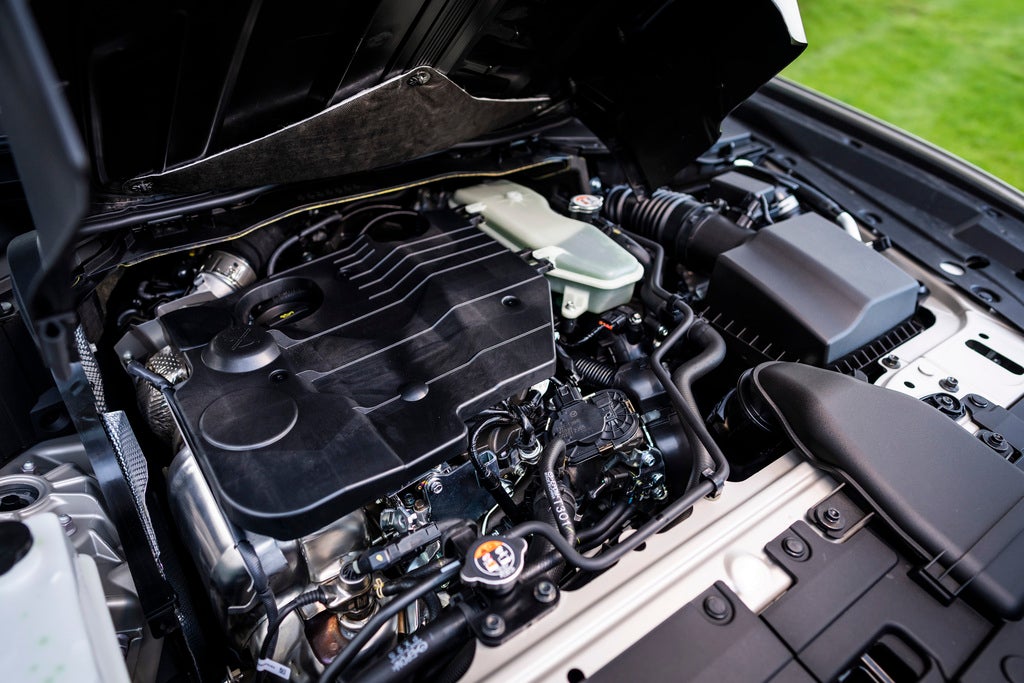Vehicle industry researchers still know surprisingly little about what happens to a foetus in a car crash so, to expand engineers’ and designers’ understanding in this area, Volvo Car Corporation has developed the world’s first official computer model of a pregnant crash dummy.
This ‘virtual’ crash dummy is a woman at a late stage of her pregnancy, since that is when the unborn baby is at greatest risk in an accident. The basic geometry was completed in January and much time has been devoted since then to refining the model.
“Now it’s finished and we’ve started running simulated front-end impact tests on it,” says Volvo Cars Safety Centre biomechanical engineer Camilla Palmertz in Goteborg, Sweden.
“One big advantage is that both mother and baby can be scaled up or down to the size we want to study.”
The purpose of these initial tests is to study how the virtual mother-to-be and her unborn baby are affected by the seat belt and airbag in simulated collisions.
How well do you really know your competitors?
Access the most comprehensive Company Profiles on the market, powered by GlobalData. Save hours of research. Gain competitive edge.

Thank you!
Your download email will arrive shortly
Not ready to buy yet? Download a free sample
We are confident about the unique quality of our Company Profiles. However, we want you to make the most beneficial decision for your business, so we offer a free sample that you can download by submitting the below form
By GlobalDataThe computer model makes it possible to study – in great detail – how the belt moves, the influence of belt and airbag on the uterus, placenta and foetus, and how the foetus moves in relation to the mother’s body, among other things. The model can also be used to test new designs for seat belts and other safety systems.
“I’m certain that there’s room for further development of the three-point belt, to make it more comfortable and to provide even better protection,” says Palmertz.
Many pregnant women wonder whether the seat belt could harm their unborn baby if they are involved in a car accident. Researchers all agree, however, in recommending that they should always wear their seat belt.
“But it’s important to wear it in the right way. It should be between the breasts and as low as possible over the hips. The lap section of the belt mustn’t be allowed to ride up in front of the woman’s tummy,” says Palmertz. “That could harm the baby.”
In a crash, the pregnant woman’s thorax and pelvis are both restrained by the belt, but her abdomen is free to move in the direction determined by the particular forces arising from the impact.
Because the foetus is floating free inside her, injuries tend to fall into two main types. The more common of the two occurs when the placenta becomes either partially or completely detached, which means that the baby cannot get enough oxygen. Another, less likely scenario is for the head of the baby to be injured if it hits one of the bones of the mother’s pelvis.
“We think that the placenta may become detached because, while the uterus is relatively elastic and can therefore change shape, the placenta is not equally resilient under acceleration,” Palmertz explains.
“But we don’t know yet,” she continues. “That’s why this model is so important. We have to find out more to be able to protect the foetus in the best possible way.”
Even though there is still a great deal to learn, Palmertz is philosophical about the project. “Now we’ve covered the whole life-cycle,” she says.







